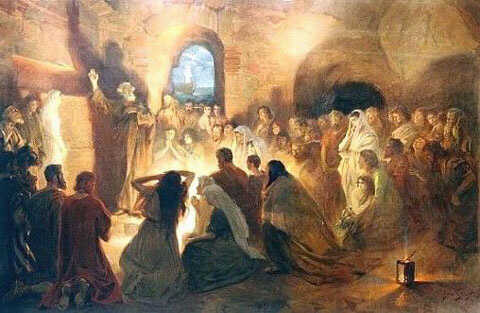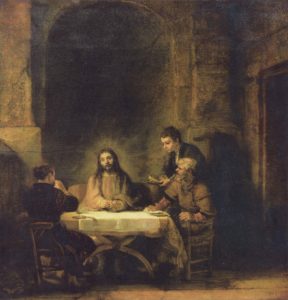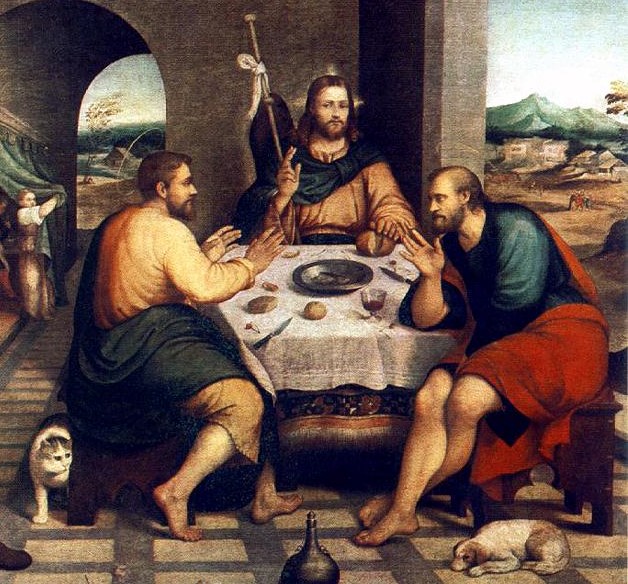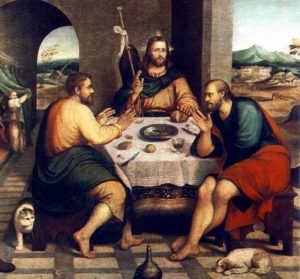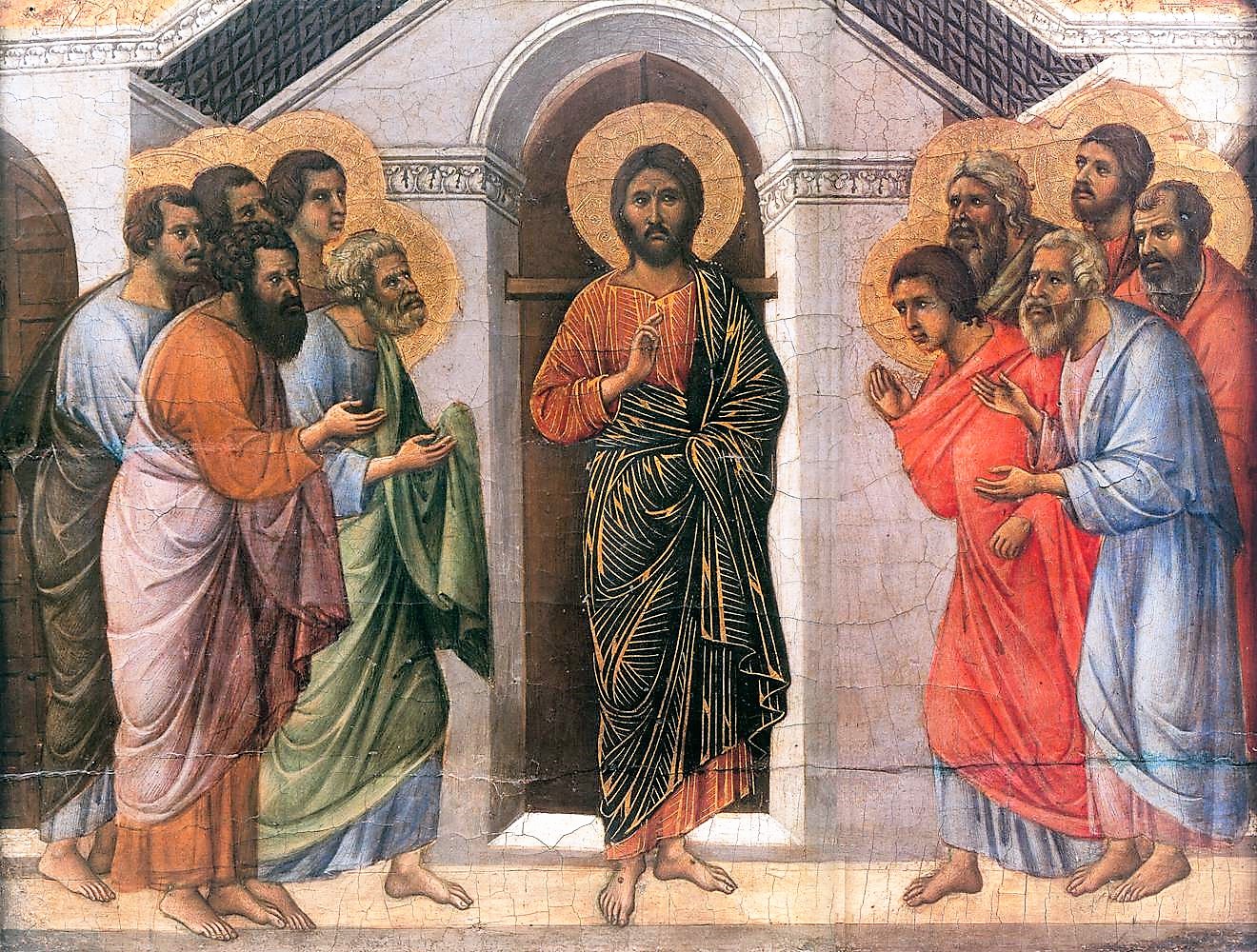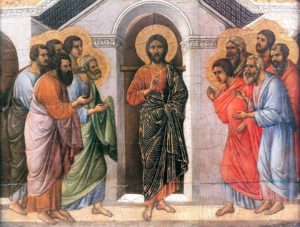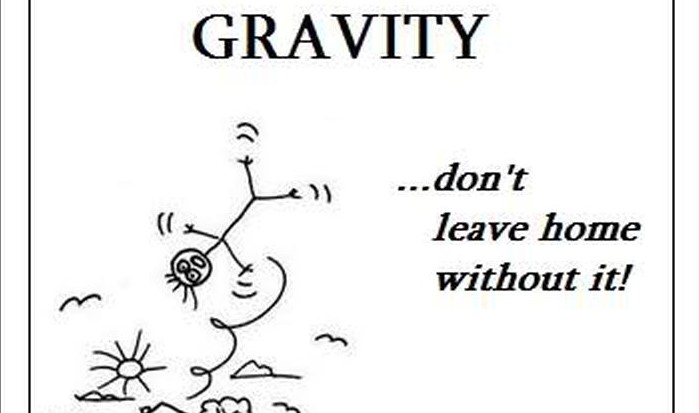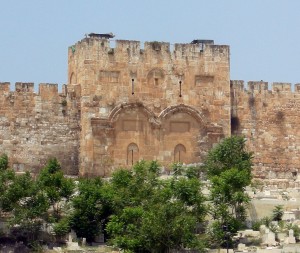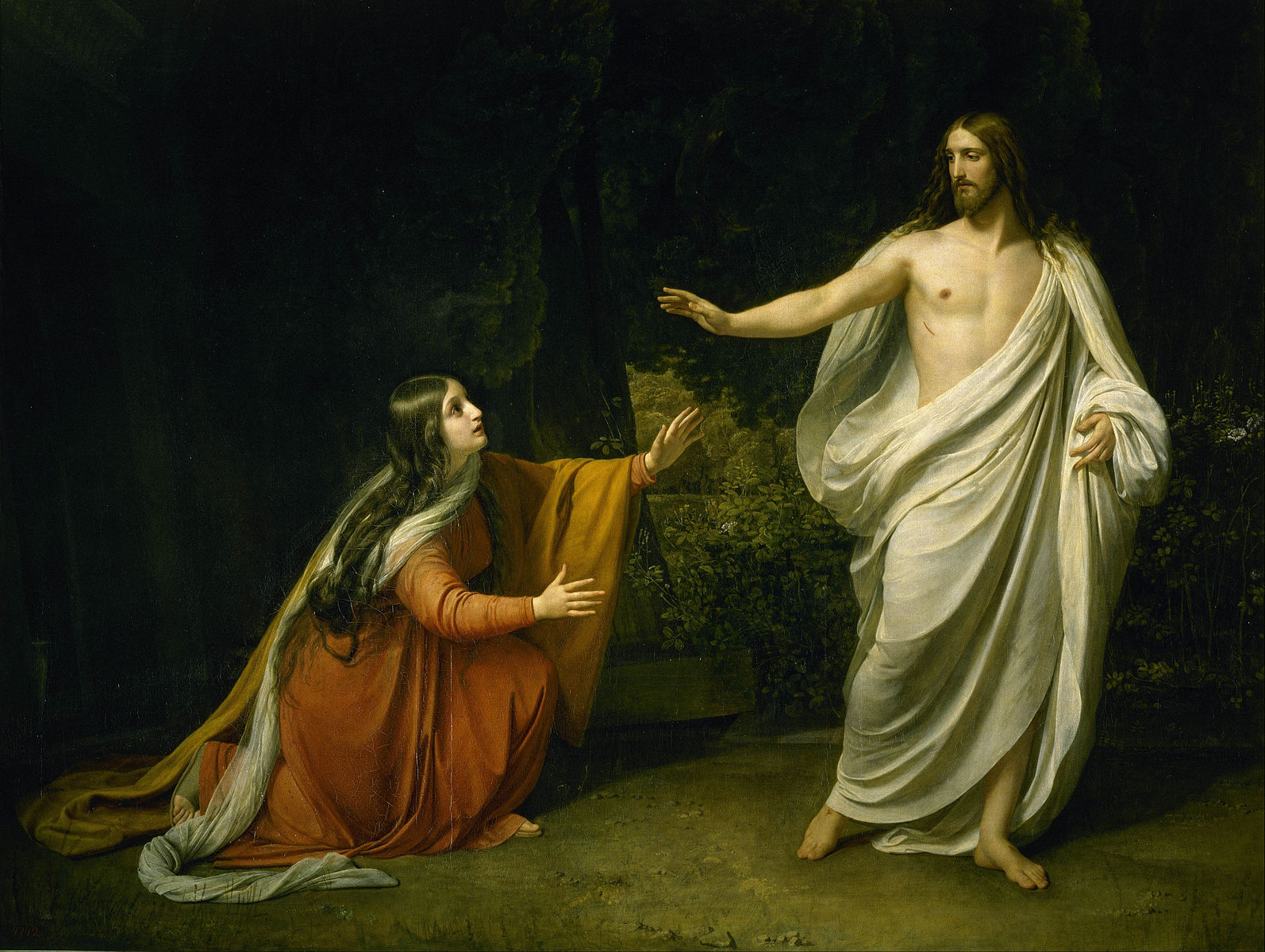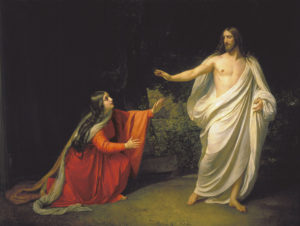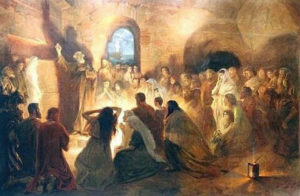 It is worthwhile to look back at a text that was read on Saturday (Saturday of the Octave of Easter). It is from Acts and sets forth a picture of courage and holy boldness that is too little evident in many Catholics. Let’s look at the passage and then reflect on four qualities that the Apostles Peter and John manifest.
It is worthwhile to look back at a text that was read on Saturday (Saturday of the Octave of Easter). It is from Acts and sets forth a picture of courage and holy boldness that is too little evident in many Catholics. Let’s look at the passage and then reflect on four qualities that the Apostles Peter and John manifest.
Now when [the Sanhedrin] saw the boldness of Peter and John, and perceived that they were uneducated, common men, they were astonished. And they recognized that they had been with Jesus. But seeing the man who was healed standing beside them, they had nothing to say in opposition. But when they had commanded them to leave the council, they conferred with one another, saying, “What shall we do with these men? For that a notable sign has been performed through them is evident to all the inhabitants of Jerusalem, and we cannot deny it. But in order that it may spread no further among the people, let us warn them to speak no more to anyone in this name.” So they called them and charged them not to speak or teach at all in the name of Jesus. But Peter and John answered them, “Whether it is right in the sight of God to listen to you rather than to God, you must judge, for we cannot but speak of what we have seen and heard.” And when they had further threatened them, they let them go, finding no way to punish them, because of the people, for all were praising God for what had happened (Acts 4:13-21).
Their Authority – The text opens with a reference to the “boldness” of Peter and John to the fact that the religious authorities are “astonished.” How could such uneducated and common men speak and act this way?
The Greek word translated here as “boldness” is Παρρησία (parresía or parrhēsía) from pás, “all” + rhēsis, meaning “a proverb or statement quoted with resolve.” In other words, parresía means to speak with confidence and exhibit strong resolve; it means to speak plainly, publicly, or boldly. It is from the root rhēsis that the term rhetoric comes. Rhetoric is the art of effective or persuasive speaking and in its more technical sense usually requires training in logic and poise.
Thus, the boldness described in this passage shows the transformation that that the resurrection and Pentecost have effected. Prior to Pentecost, the Apostles, though often zealous and willing to make sacrifices to follow Jesus, were also slow to understand and often confused. Beginning with Easter Sunday (e.g., Luke 24:32,45) and most likely throughout the forty days before ascending, the Lord instructed and formed the Apostles in the Gospel. It would take Pentecost, however, to fully quicken their minds and confirm their hearts. Jesus had said, I still have much to tell you, but you cannot yet bear to hear it. However, when the Spirit of truth comes, He will guide you into all truth (Jn 16:12-13). Elsewhere, He added, All this I have spoken to you while I am still with you. But the Advocate, the Holy Spirit, whom the Father will send in My name, will teach you all things and will remind you of everything I have told you (John 14:25-26).
Prior to Pentecost, the Apostles and disciples gathered in fear, behind locked doors. Afterwards, though, they go about with the boldness described here. The religious leaders are “astonished” and marvel that such common and unlearned men can have such a sweeping command of their topic, and such serene courage. Peter and John have healed a man who had been lame for forty years, a man they knew was lame and had seen in the temple. The religious leaders cannot explain it; further, the usual threats do not seem to have the desired effect on them.
Yes, Peter and John are bold, confident, and unafraid. They are manifesting the gift that the Lord promised when he said, On account of My name, they will deliver you to the synagogues and prisons, and they will bring you before kings and governors. This will be your opportunity to serve as witnesses. So make up your mind not to worry beforehand how to defend yourselves. For I will give you speech and wisdom that none of your adversaries will be able to resist or contradict (Luke 21:12-15).
Such a change in these men, especially Peter! It is clear that the Lord has gifted them just as He promised. Their boldness is God’s grace. May that grace reach Church leaders today, both clergy and lay. Holy boldness such as this is needed more than ever.
Their Association – The text says that the Sanhedrin recognized that they had been with Jesus. What a magnificent line. While this may have meant they recalled that these men had accompanied Jesus, for the reader the expression has far more depth. Peter and John, by their transformed lives, are manifesting that they have been with Jesus. They are showing forth the fruit of a life-changing, transformative relationship with Jesus Christ. Yes, these men have been with Jesus; it is obvious!
How about you and me? Would someone be able to look at us and conclude that we have been with Jesus? Is this not a description of what should be the normal Christian life? Is your association with Jesus Christ obvious to others? It ought to be.
It is, of course, a sad reality that most Christians are content to hide out or to blend in with the culture. They are undercover Christians, secret-agent saints, and frozen chosen. There’s no real fire to attract attention, no bold proclamations or visible signs of spiritual life. Few would ever conclude that they had been with Jesus.
Where are we on the light spectrum? Is the Light of Christ in us visible (Mat 5:14)? Do we bear the brand marks of Jesus (Gal 6:17)? Do we love our enemies (Mat 5:44)? Do we shine like the stars in the midst of a twisted and depraved generation (Phil 2:15)?
Their Arresting Ability – Although Saints Peter and John have been arrested, they have, in effect, turned the tables and arrested the Sanhedrin. As remarked above, Peter and John do not seem cowed by the usual threats and their arguments are not easily set aside, for they speak with sincerity and authority. Further, the crowds are amazed and the leaders themselves cannot explain how a man, known by them to have been lame for forty years, now walks and even dances!
They don’t really know what to do. They are arrested by the winsome and courageous witness before them.
True holiness can have this effect, at least in certain conditions. St. Teresa of Calcutta was like this. Though many did not share her faith, even enemies of the faith admired her. This was not because she was a people pleaser; in fact, just the opposite. She had a boldness to scold even the most powerful, but a love that could not be denied. Her reflection of the glory of Christ arrested one and all.
This is perhaps one of the rarest gifts of all, yet still one to seek, so that at least some in every age have a holiness and a goodness that is arresting in its purity.
Their Assertiveness – To be appropriately assertive is to get one’s needs met without trampling others. And what is the greatest need of any saint? To proclaim Christ and Him crucified and risen. Thus, when Peter and John are warned to stop proclaiming the name of Jesus, they assert their need and right to continue doing so. However, they do so without disrespecting the leaders before them. They do not shout, “We won’t listen to you!” They do not personally disrespect them at all. Rather, they commend themselves to the conscience of these leaders as a way of respectfully declining a command they cannot follow:
Whether it is right in the sight of God to listen to you rather than to God, you must judge, for we cannot but speak of what we have seen and heard.
In other words, they say, “Brothers, Elders, would you not agree that a man must obey God before obeying any man? Do what you must do. Make your judgments. But we must obey the Lord and speak of Jesus until our last breath.”
They are respectful but clear. They assert themselves and their mission but do not attack and trample the reputations or lawful authority of those in the community or state. They cannot cooperate in an evil directive, but they do not attack or stage an attempted overthrow of power. They stand before their opponents and look them in the eye. They will not flee or yield to fear, but neither will they become like them in arrogance and unrighteous demands.
This is a good model for us who are entering into increasingly difficult days, in which the pressures made upon us by the culture and the government may require that we refuse to cooperate with evil demands. Our goal is not to humiliate and overcome our opponents, but to convert them; and if not them then the culture around us. As St. Paul says, We do not use deception, neither do we distort the word of God. On the contrary, by setting forth the truth plainly we commend ourselves to everyone’s conscience in the sight of God (2 Cor 4:2).
So here is a model for us and a set of challenges. We are to manifest a bold and sincere confidence in the Gospel we proclaim, because we have met Jesus and are being transformed into His likeness. Indeed, we should ask and strive for that rare holiness that is arresting in its purity but also assertively announces Christ Jesus without compromise or hypocrisy.
Help us, Lord!

